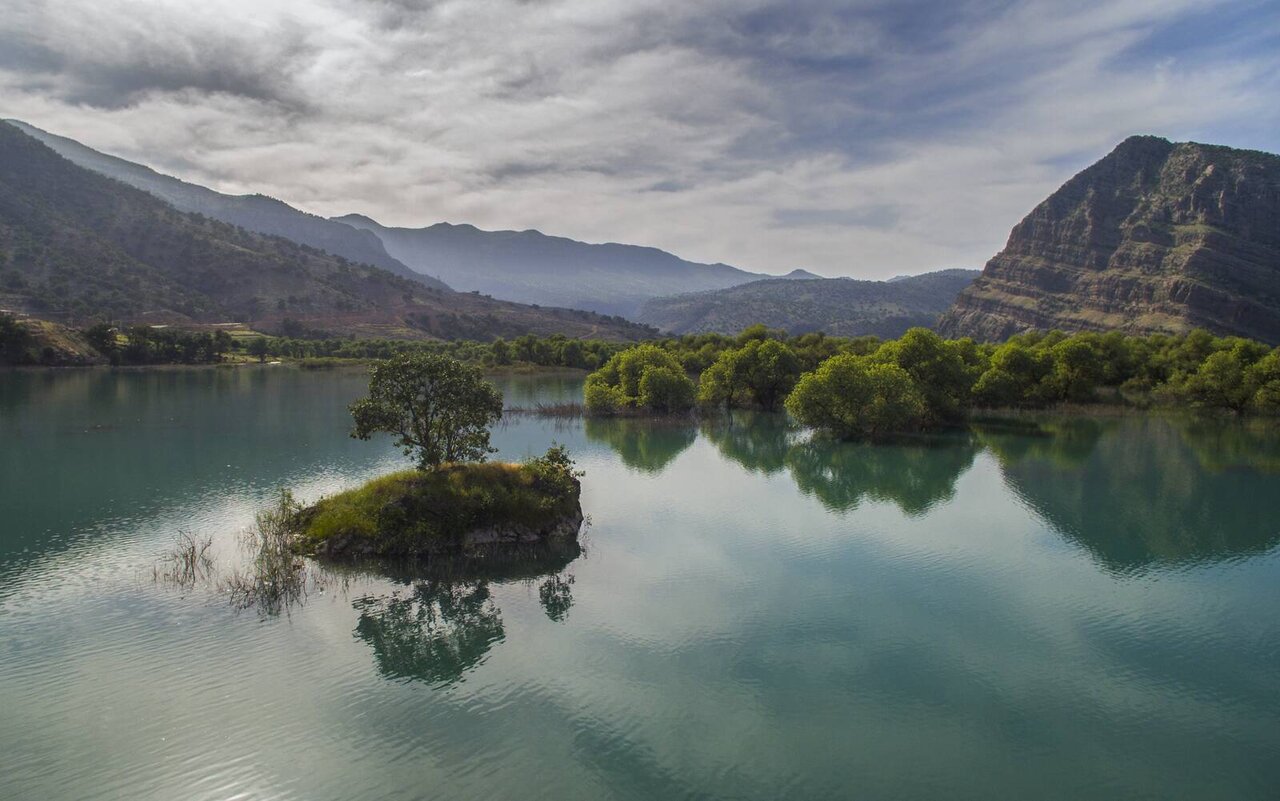Shimbar plain: lost paradise of Khuzestan

TEHRAN - Known as the ‘Lost Paradise of Khuzestan,’ Shimbar plain is a protected natural haven boasting stunning landscapes, diverse wildlife, and rich historical significance.
Shimbar plain is a picturesque area located 100 kilometers from Masjed Soleyman, at the border between the provinces of Chaharmahal and Bakhtiari and Khuzestan. With its breathtaking landscapes, diverse flora and fauna, and stunning natural scenery, Shimbar plain has become one of the must-visit attractions in Masjed Soleyman, southern Iran.
This region is home to extraordinary and mesmerizing nature, featuring pristine and awe-inspiring views. It serves as a habitat for various animals and a growth area for rare plant species and medicinal herbs. Due to its mountainous terrain, Shimbar plain is ideal for hikers and nature enthusiasts.
Covering an area of 50,000 square kilometers, Shimbar plain is nestled within the Zagros Mountain Range at the foot of Mount Dela. The region boasts some of the most spectacular natural wonders in Iran, including gushing springs, lush forests, majestic waterfalls, and towering mountains. These natural elements create a captivating and scenic environment that attracts nature lovers and photography enthusiasts alike.
The plain is composed of dense, verdant forests hosting a wide variety of trees and plants. From almond and oak trees to various fungi and citrus plants, the area’s botanical diversity enhances its boundless beauty. The vegetation is divided into three distinct zones: the mountainous region covered with oak and wild almond trees, the Shimbar river area with shrubbery, and the Shimbar plain itself, home to a variety of colorful flowers and fragrant shrubs.
As a protected area where hunting is prohibited, the plain shelters numerous wild animals such as boars, bears, jackals, hyenas, wolves, and leopards. It also hosts animals like rabbits, goats, partridges, urials, and the Persian squirrel, along with birds of prey such as vultures and eagles. Unfortunately, illegal hunting in recent years has disrupted the local ecosystem, causing significant damage to the wildlife. Currently, Shimbar plain is a natural habitat for 70 bird species and 25 mammal species, all thriving in this generous natural environment.
Beyond its natural wonders, Shimbar plain holds significant historical value, having been inhabited during various historical periods. The area is rich in ancient artifacts, including inscriptions and petroglyphs, revealing its long history and cultural importance. Notably, the rock carvings of Tang-e Bota, featuring 12 human figures believed by historians to be participating in a religious ceremony, offer a glimpse into the past.
The best time to visit Shimbar plain is in the spring, when the area dons a vibrant green attire and showcases its enchanting and dreamy nature. Autumn is also a great time to visit, as the plain displays a unique and mesmerizing array of colors and natural beauty.
This mountainous sanctuary is a must-visit for nature lovers, hikers, and history enthusiasts, offering a unique blend of lush forests, cascading waterfalls, and ancient relics.
XF
Leave a Comment